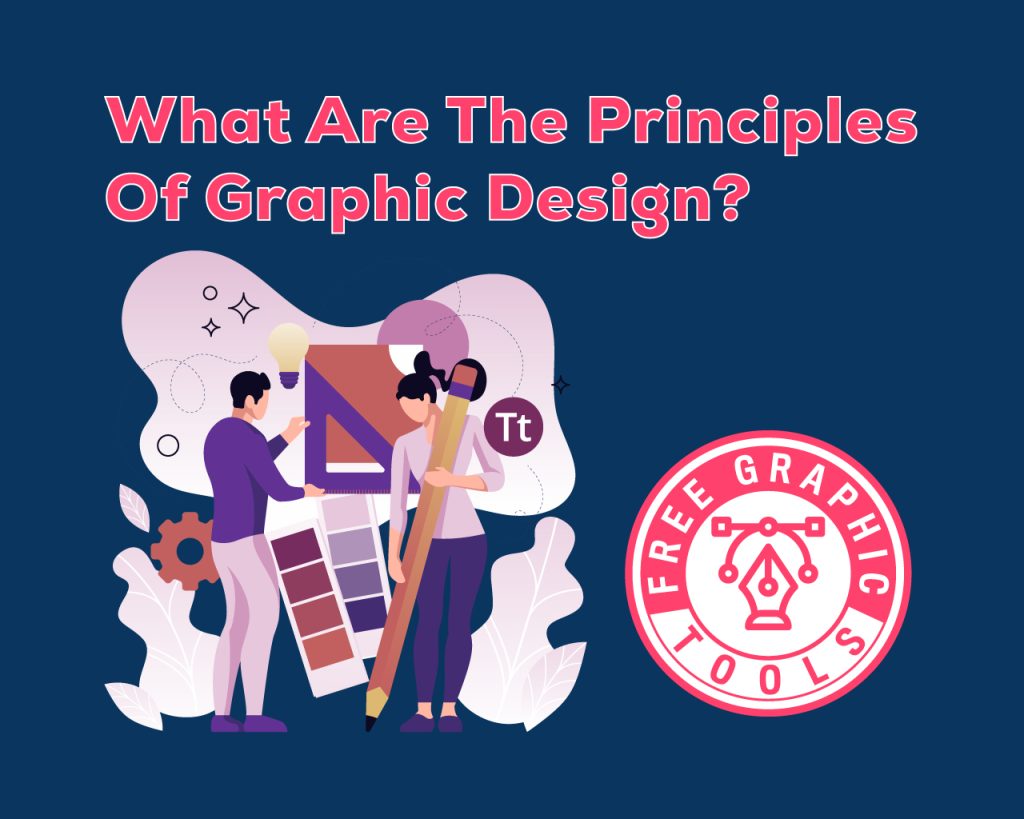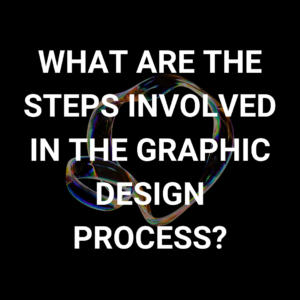227 Views
What Are the Principles of Graphic Design?

The Principles of Graphic Design Are Fundamental Concepts and Guidelines That Help Designers Create Visually Appealing and Effective Designs. These Principles Are Based on Aesthetics, Composition, and Communication. Here Are Some of the Key Principles of Graphic Design:
- Balance: Balance Refers to the Distribution of Visual Weight in a Design. It Can Be Symmetrical (Formal Balance) or Asymmetrical (Informal Balance), and It Helps Create Stability and Harmony in the Overall Composition.
- Contrast: Contrast Involves Using Differences in Colors, Shapes, Sizes, Textures, or Other Design Elements to Create Visual Interest and Emphasize Important Elements. It Helps to Make Elements Stand Out and Adds Depth and Hierarchy to a Design.
- Emphasis: Emphasis is About Highlighting Specific Elements or Focal Points in a Design to Grab the Viewer’s Attention and Create Hierarchy. It Can Be Achieved Through Contrast, Color, Size, Positioning, or Any Other Technique That Helps the Focal Point Stand Out.
- Unity: Unity Ensures That All Elements in a Design Work Together Cohesively and Create a Sense of Harmony. It Involves Using Consistent Styles, Colors, Fonts, and Other Design Elements to Tie Everything Together and Convey a Unified Message or Theme.
- Alignment: Alignment is the Arrangement of Elements Along a Visual Axis. It Helps Create Order and Organization in a Design and Establishes a Connection Between Related Elements. Proper Alignment Improves Readability and Visual Flow.
- Proximity: Proximity Deals With the Placement of Related Elements Close to Each Other to Show Their Connection. Grouping Similar Elements Together Helps Create Organization, Improves Readability, and Enhances the Overall Visual Structure of the Design.
- Repetition: Repetition Involves Using Recurring Design Elements Such as Colors, Shapes, Patterns, or Fonts to Create Consistency and Reinforce Visual Unity Throughout a Design. It Helps Establish a Sense of Rhythm and Strengthens the Overall Visual Identity.
- White Space: White Space, Also Known as Negative Space, is the Empty or Unmarked Area Around and Between Design Elements. It Provides Breathing Room, Improves Readability, and Helps Create Focus and Visual Balance. Effective Use of White Space Can Enhance the Overall Impact of a Design.
- Typography: Typography Refers to the Selection and Arrangement of Fonts (Typefaces), Sizes, Spacing, and Other Typographic Elements. It Plays a Crucial Role in Conveying the Tone, Mood, and Hierarchy of Information in a Design. Legibility and Readability Should Be Prioritized in Typography Choices.
- Simplicity: Simplicity Involves Keeping Designs Clean, Uncluttered, and Easily Understandable. Removing Unnecessary Elements and Focusing on Essential Components Helps Create Designs That Are Visually Appealing and Easy for the Audience to Comprehend.
These Principles Provide a Foundation for Effective Graphic Design, but They Are Not Strict Rules. Designers Often Use These Principles as Guidelines and Adapt Them Creatively to Suit Their Specific Projects and Goals.







